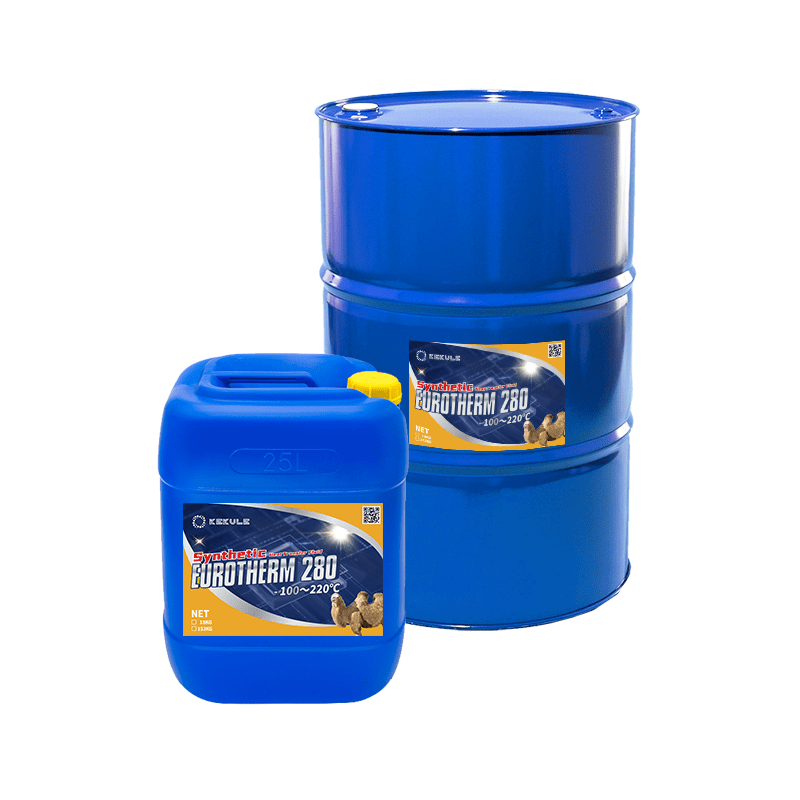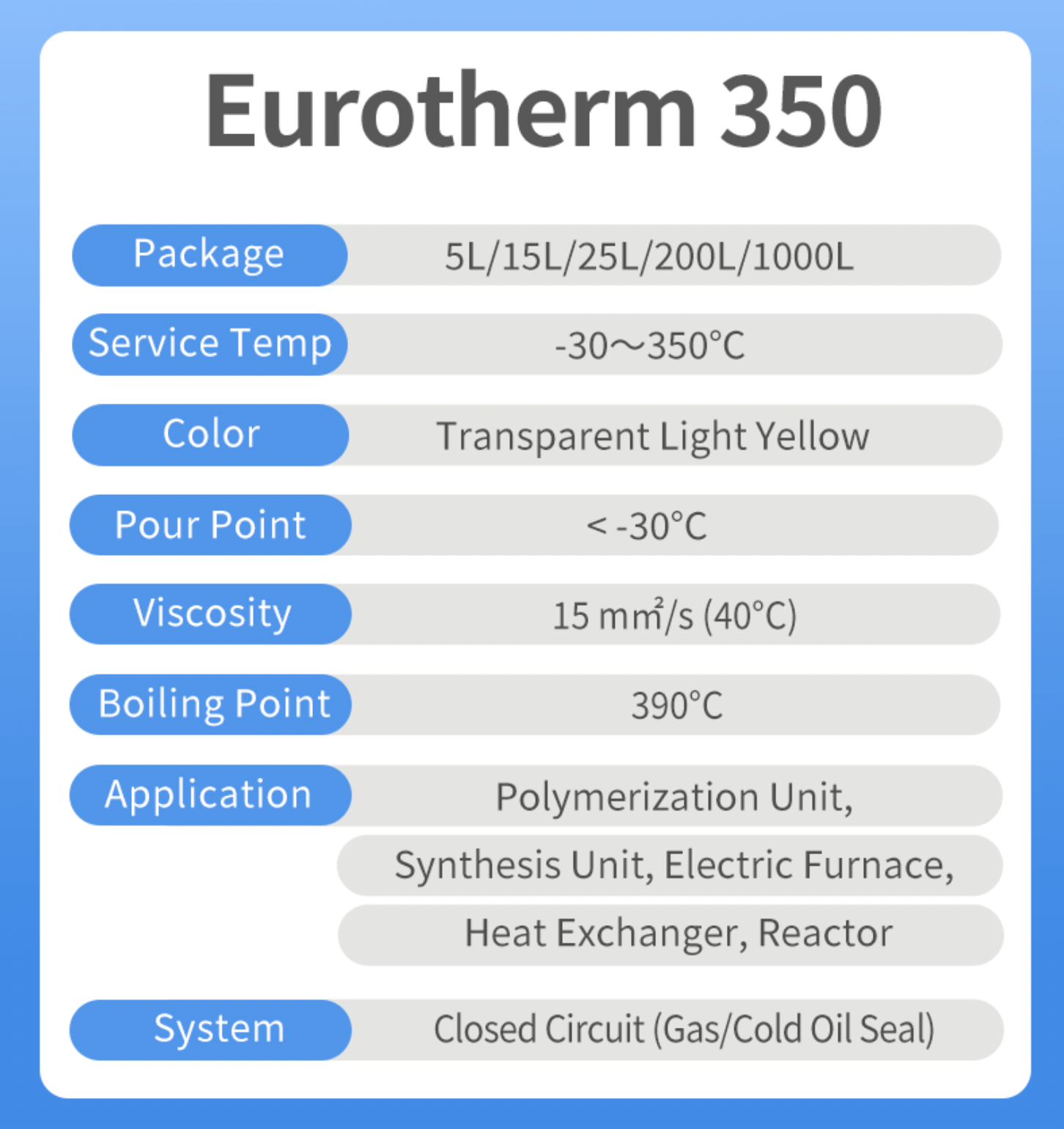Unknown Facts About Chemie
Unknown Facts About Chemie
Blog Article
4 Easy Facts About Chemie Shown
Table of ContentsThe Ultimate Guide To ChemieAll About ChemieChemie Fundamentals ExplainedOur Chemie PDFsChemie Things To Know Before You BuyWhat Does Chemie Do?
(https://chemie999.carrd.co/)Calculated modification in electric conductivity of fluid examples as a function of time when stirred with the resin sample in the closed indirect cooling loophole experiment. Figure 6 shows the change in the measured electrical conductivity of the fluid examples when mixed with the material sample. The conductivity of the water sample from the shut loop experiment lowered by approximately 70% from 11.77 S/cm to 3.32 S/cm in six hours.These outcomes indicated that the ability of the material relies on the examination liquid used for the experiment. This reveals that different ions existing in the liquid will certainly result in various ion exchange capability of the liquid. For that reason, calculating the ion exchange material capacity with the fluid example from the real air conditioning loop is necessary.
Unknown Facts About Chemie
For that reason, an ion exchange resin cartridge containing 20g of Dowex combined bed resin may handle order 938 days to saturate. In various other words, to maintain a low electrical conductivity, a material cartridge with the measurement and weight requirements as that of the resin cartridge made use of in the experiment, require to be transformed every 30 months for the air conditioning system that was used in the experiment
The cooling of electronic parts has actually become a major challenge in recent times as a result of the improvements in the design of faster and smaller elements. Consequently, different cooling modern technologies have actually been developed to effectively get rid of the warmth from these parts [1, 2] The use of a liquid coolant has actually ended up being attractive as a result of the greater warmth transfer coefficient attained as compared to air-cooling.
The Ultimate Guide To Chemie
A single stage air conditioning loop consists of a pump, a heat exchanger (cold plate/mini- or micro-channels), and a warm sink (radiator with a follower or a liquid-to-liquid heat exchanger with chilled water air conditioning). The warmth resource in the electronics system is connected to the heat exchanger.
The needs might vary depending upon the sort of application. Following is a list of some basic requirements: Great thermo-physical properties (high thermal conductivity and specific warm; reduced thickness; high hidden warmth of evaporation for two-phase application) Low cold point and ruptured factor (in some cases burst defense at -40 C or reduced is required for shipping and/or storage space functions) High atmospheric boiling factor (or reduced vapor stress at the operating temperature) for solitary phase system; a narrow preferred boiling point for a two-phase system Great chemical and thermal security for the life of the electronic devices system High flash point and auto-ignition temperature level (occasionally non-combustibility is a need) Non-corrosive to materials of building (metals in addition to polymers and other non-metals) No or marginal regulative restraints (environmentally pleasant, nontoxic, and potentially biodegradable) Cost-effective The finest electronic devices coolant is a cost-effective and safe liquid with superb thermo-physical properties and a long solution life.
Chemie - The Facts
A lot of these fluids have a non-discernible smell and are harmless in situation of contact with skin or consumption. As mentioned previously, aliphatic PAO-based liquids have actually changed the silicate-ester fluids in a range of military electronic devices (and avionics) cooling down applications in the last years. Another class of preferred coolant chemistry is dimethyl- and methyl phenyl-poly (siloxane) or commonly referred to as silicone oil.
Of all, these fluids are non-combustible and safe. Some fluorinated compounds have no ozone depleting possible and other ecological homes.
Ethylene glycol is colorless and practically unsmelling and is completely miscible with water. When effectively prevented, it has a relatively low corrosivity. Nonetheless, this coolant is categorized as toxic and must be handled and dealt with with treatment. The high quality of water used for the preparation of a glycol remedy is very essential for the system.
The Best Guide To Chemie

This is a reduced price antifreeze remedy, locating usage in refrigeration solutions and ground source heat pumps - silicone synthetic oil. This fluid can be made use of down to -40 C owing to its fairly high price of warmth transfer in this temperature level range.
It is taken into consideration more harmful than ethylene glycol and consequently has found usage like it only for process applications situated outdoors. Methanol is a combustible liquid and, as such, presents a prospective fire threat where it is stored, handled, or used. This is a liquid solution of denatured grain alcohol. Its major advantage is that it is non-toxic.
Not known Incorrect Statements About Chemie
As a flammable liquid, it needs specific precautions for managing and storage space. Liquid remedies of calcium chloride locate large usage as distributing coolants in food plants. It is non-flammable, non-toxic and thermally much more efficient than the glycol solutions. A 29% (by wt.) calcium chloride remedy has a freezing point listed below -40 C.

Report this page